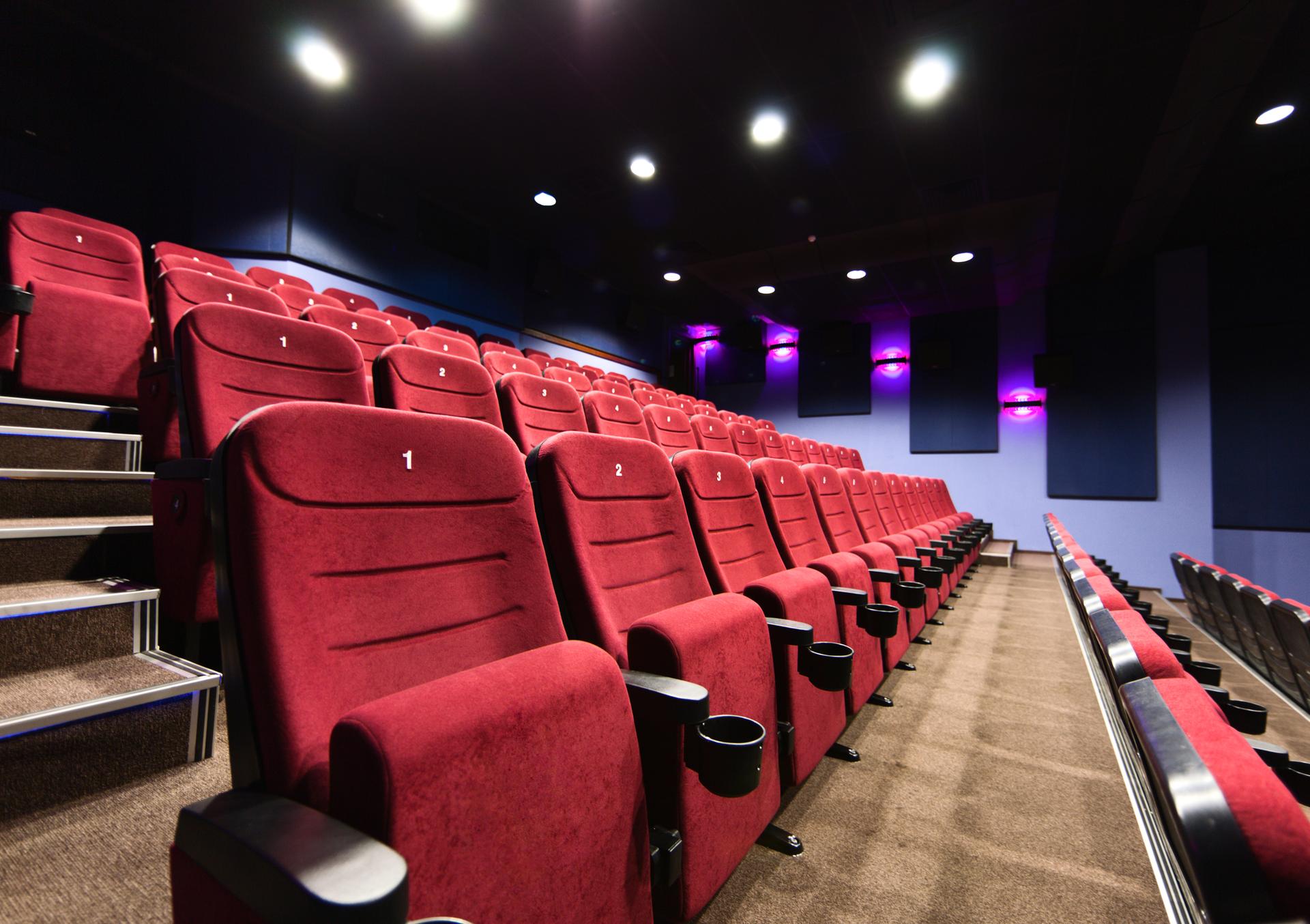
10 Oct The Art and Science of Sound Design in Modern Video Production
The audiovisual experience is a delicate balance between what one sees and hears. Though often unsung, sound design plays a pivotal role in creating this harmony. Its significance goes beyond mere audio accompaniment; it evokes emotions, tells stories, and even redefines the visual content’s narrative.
With advancements in digital technology and evolving audience expectations, the boundaries of what’s possible in sound have expanded. In today’s technologically driven video production landscape, the interplay of art and science in sound design stands at the forefront, shaping immersive experiences like never before.
The Evolution of Sound Design: From Silent Films to Surround-Sound Experiences
From the early days of silent films, where piano melodies set the mood, to modern cinemas’ high-definition surround sound experiences, sound design has undergone a monumental shift. Historically, sound was an afterthought—a mere backdrop to the visuals. However, as technology advanced, so did the appreciation for the nuanced layers that sound can bring to a film or video production.
The introduction of stereo and multichannel sound formats transformed the cinematic soundscape, adding depth and directionality. With these advancements, even the faintest whisper or a gust of wind can be placed precisely, creating a more immersive viewing experience. Today’s sound designers are equal parts artists and technicians, crafting auditory experiences that resonate just as profoundly as the visual components.
Layers of Sound: More Than Just Dialogue
Many mistakenly believe that sound design is merely about capturing clear dialogue. While clear speech is essential, there’s a world of audio beyond just the spoken word. Ambient sounds, foley, sound effects, and musical scores collectively create a soundscape that immerses an audience in the story. Even the subtlest creak of a door or the rustling of leaves can add depth and dimension to a scene. The resonance of a distant bell or the echo of footsteps in an alleyway can amplify tension or mood.
Each layer is meticulously crafted, often from scratch, to ensure the sound feels authentic, enhances the mood, and complements the narrative. Beyond replicating reality, sound design often creates a heightened, stylized reality that captivates the audience’s senses.
Technological Tools: Bridging Science and Creativity
A slew of sophisticated tools and software bolsters modern sound design. Programs such as Pro Tools, Logic Pro, and Ableton Live empower sound designers with unparalleled precision and flexibility. These tools allow for minute adjustments, multi-layer mixing, and even the synthesis of new sounds that would be nearly impossible to create organically. Digital plugins and virtual instruments further expand the palette of possibilities, allowing designers to mimic classic sounds or invent entirely new ones.
However, while the science of sound has rapidly progressed, the designer’s artistic intuition still breathes life into these technical marvels. Balancing technology with creativity ensures that the final output is technically proficient and emotionally resonant.
Sound and Emotion: Crafting an Auditory Experience
Sound has a profound ability to evoke emotion. A crescendo in a musical score can heighten suspense; the subtle chirping of birds can invoke a feeling of peace. The distant rumble of thunder might suggest an impending threat, while the gentle hum of a city at night can elicit a sense of nostalgia. The rhythmic pattern of rain or the melancholy wail of a distant train can stir emotions ranging from comfort to melancholy.
Sound designers understand this intrinsic link between sound and emotion. They carefully select and modify sounds, harnessing their potential to evoke precise feelings or set a specific tone. This emotional resonance deepens the viewer’s connection to the content, ensuring that the audio elements support and elevate the overall experience, making it more memorable and impactful.
The Challenges Ahead: Staying Relevant in a Digital Era
The digital age presents both opportunities and challenges for sound design. With the rise of virtual reality, augmented reality, and other immersive technologies, good designers are now grappling with creating audio for 360-degree experiences. This new frontier demands an understanding of spatial audio, where sound must adapt in real time based on a viewer’s orientation and movements.
Moreover, as these technologies become more sophisticated and accessible, the expectations for high-quality, dynamic sound increase. Furthermore, the ever-evolving nature of these platforms necessitates a proactive approach to learning and adaptation. To meet these demands and stay at the forefront of innovation, staying updated with these advancements and continuously upskilling is paramount for modern sound designers.
The world of sound design is vast and ever-evolving, intertwining artistry and technological prowess. Its role in video production is paramount, and the future promises even more immersive and intricate auditory experiences. As viewers increasingly demand rich, multi-sensory content, the blend of art and science in sound design is a testament to the industry’s innovation and creativity.
Dive deeper into the world of immersive sound design with our expert team, who bring a wealth of experience and innovation to every project we undertake. Contact us today and discover how we can elevate your project with unparalleled auditory experiences.



Sorry, the comment form is closed at this time.